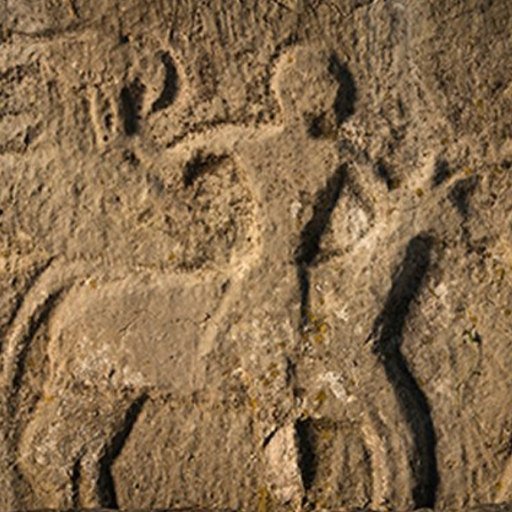But there is a problem here: the curved beak...Now this could be just a bad craftsmanship. But it could actually be an important clue that could help us identify the bird depicted standing under the solar horse...
Anyway, after this lengthy introduction 🙂 here is why I started this thread: What bird is depicted on the original Celtic coin?
I think to answer this "important" 🙂 question, we need to look at the reverse of this coin as an animal calendar marker...
BTW, I just noticed something...The Papyrus - Lotus bunch often depicted on Egyptian wall paintings resembles Ankh, the symbol for Life...Life made possible in Egypt by the flood...
You might like this article... https://t.co/Rpu9xnZVRb
Now how can I be certain that the horse on our plaque is an animal calendar marker for the horse mating season? Because of what the goddess standing on the horse is holding in each hand: a papyrus and a lotus flower...
The brightly burning, raging sun of the late summer is The Fire Breathing Dragon from our legends... https://t.co/zXL8JhuL9H
Exploding flint axes from Vasagård.
Vasagård was a religious site dated from between 3500 BC to 2700 BC, located on the island of Bornholm, Denmark...And there people made (some of) the oldest (and most dangerous) fireworks in the world https://t.co/Y4K51uWnjw
Did people from the Neolithic "burned house horizon" deliberately burn their houses down to kill plague carrying pests? https://t.co/E8HS5nzqeA
So here we have a rain god. And he is riding on a crocodile...Why?
Remember when in this post I explained why Indra, Varuna's alter ego, is riding on an elephant? https://t.co/4wtZQ0nnPW
















